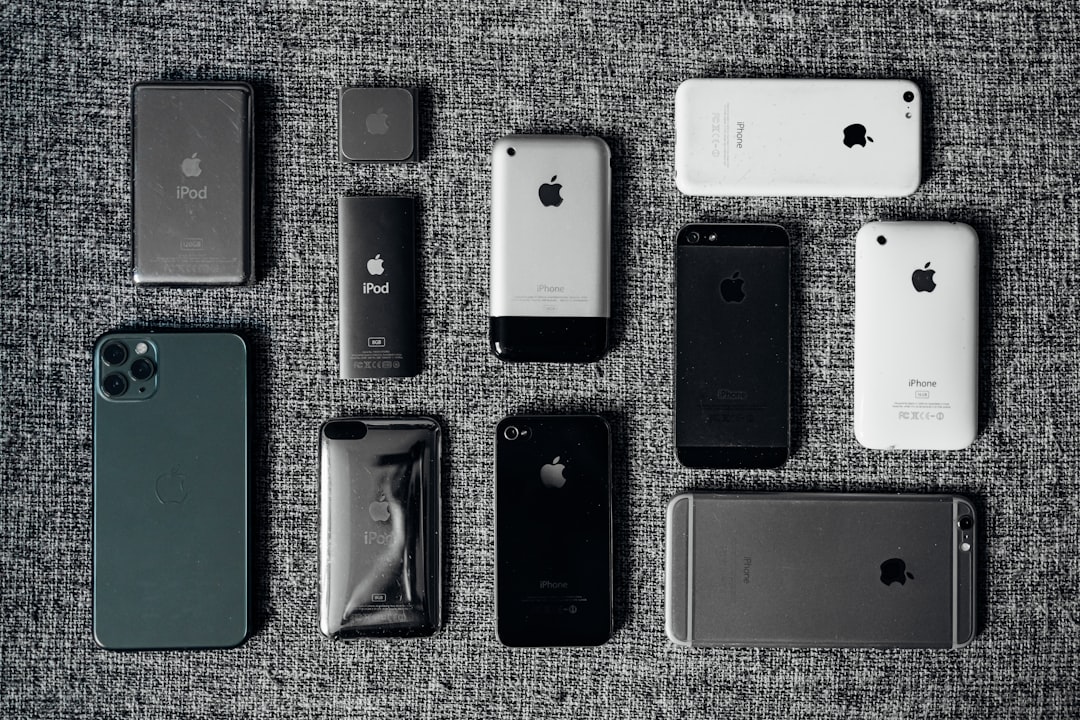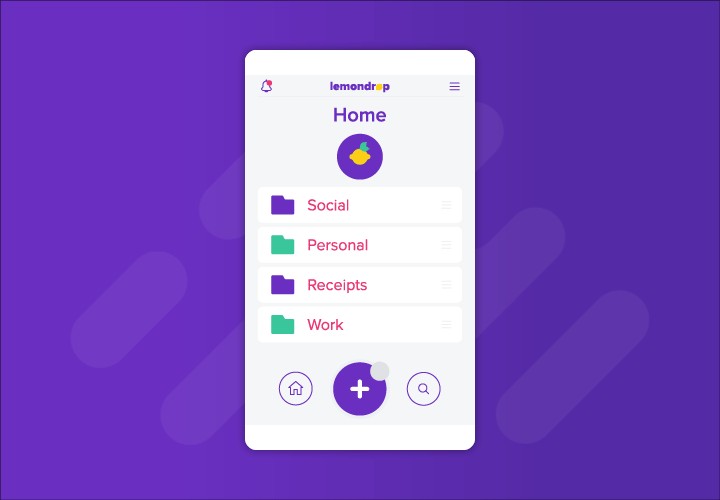In the competitive world of mobile applications, user experience is paramount. A clunky, stuttering interface can be the difference between a five-star review and an uninstall. At the heart of a premium user experience lies fluid, responsive, and delightful animations. For developers in the React Native ecosystem, achieving that silky-smooth 60 frames-per-second (FPS) performance, especially for complex gestures and transitions, has historically been a challenge. This is where React Native Reanimated enters the picture, establishing itself as the definitive solution for high-performance animations.
The library has evolved significantly, with its latest versions marking a paradigm shift away from complex declarative APIs towards a more intuitive, hook-based approach that feels right at home for modern React developers. This evolution is a major topic in recent React Native News, especially for those using frameworks like Expo. This article provides a comprehensive technical guide to mastering React Native Reanimated. We will explore its core architecture, dive into practical code examples for building interactive UIs, uncover advanced techniques like Layout Animations, and discuss critical best practices for performance, optimization, and security to ensure your applications are not only beautiful but also robust and reliable.
Understanding the Reanimated Architecture
To truly appreciate what React Native Reanimated does, one must first understand the core performance bottleneck in React Native: the bridge. By default, all communication between your JavaScript code and the native UI components (rendering on the UI thread) must pass through this asynchronous bridge. For animations, this means sending style updates from the JS thread to the UI thread on every frame. If the JS thread is busy with business logic, API calls, or complex state updates managed by libraries like Redux News or Zustand News, it can’t send these updates in time, resulting in dropped frames and a janky user experience.
The UI Thread vs. The JavaScript Thread
React Native Reanimated brilliantly solves this problem by allowing you to define and run your animation logic directly on the UI thread. This completely bypasses the JS thread during the animation’s lifecycle. Once the animation is defined in JavaScript, Reanimated serializes the logic and sends it over to the native side, where it can execute synchronously with the screen’s refresh rate. This ensures that even if the JS thread is completely blocked, your animations—whether they are part of a complex gesture or a screen transition in React Navigation News—will continue to run smoothly.
Worklets and Shared Values: The Building Blocks
The magic behind this off-thread execution is powered by two fundamental concepts: Worklets and Shared Values.
- Worklets: These are small snippets of JavaScript code, marked with the
'worklet';directive at the top, that can be executed on the UI thread. Reanimated’s entire hook-based API is built on this principle. - Shared Values: Created with the
useSharedValuehook, these are reactive variables that can be accessed and modified from both the JS thread and the UI thread. They are the primary drivers of your animations.
Here is a basic example of creating a shared value and using it to animate a component’s opacity and position.

import React, { useEffect } from 'react';
import { View, Button, StyleSheet } from 'react-native';
import Animated, {
useSharedValue,
useAnimatedStyle,
withTiming,
withSpring,
} from 'react-native-reanimated';
export default function BasicAnimation() {
// 1. Define shared values for opacity and offset
const opacity = useSharedValue(0);
const offset = useSharedValue(-50);
// 2. Create an animated style object
const animatedStyles = useAnimatedStyle(() => {
return {
opacity: opacity.value,
transform: [{ translateX: offset.value }],
};
});
const startAnimation = () => {
// Animate opacity with a duration-based timing function
opacity.value = withTiming(1, { duration: 500 });
// Animate position with a physics-based spring function
offset.value = withSpring(0);
};
useEffect(() => {
startAnimation();
}, []);
return (
<View style={styles.container}>
<Animated.View style={[styles.box, animatedStyles]} />
</View>
);
}
const styles = StyleSheet.create({
container: {
flex: 1,
alignItems: 'center',
justifyContent: 'center',
},
box: {
width: 100,
height: 100,
backgroundColor: 'tomato',
borderRadius: 12,
},
});In this example, useSharedValue initializes our animated state. The useAnimatedStyle hook creates a memoized style object that automatically re-evaluates on the UI thread whenever opacity.value or offset.value changes. The animation is triggered by updating these values using helpers like withTiming and withSpring.
Bringing Your UI to Life: Practical Animation Examples
With the core concepts understood, let’s build something more interactive. A common use case in mobile apps is creating draggable elements. This requires a tight integration between gestures and animations, a task for which Reanimated and its companion library, React Native Gesture Handler, are perfectly suited.
Creating a Draggable Element
The useAnimatedGestureHandler hook from Gesture Handler allows us to define worklets that respond to different states of a gesture (e.g., onStart, onActive, onEnd) and modify shared values directly on the UI thread.
import React from 'react';
import { StyleSheet } from 'react-native';
import { PanGestureHandler } from 'react-native-gesture-handler';
import Animated, {
useSharedValue,
useAnimatedStyle,
useAnimatedGestureHandler,
withSpring,
} from 'react-native-reanimated';
const DraggableComponent = () => {
// Shared values to store the element's position
const translateX = useSharedValue(0);
const translateY = useSharedValue(0);
// Gesture handler to update position during a pan/drag gesture
const gestureHandler = useAnimatedGestureHandler({
onStart: (_, ctx) => {
// Store the starting position in the context object
ctx.startX = translateX.value;
ctx.startY = translateY.value;
},
onActive: (event, ctx) => {
// Update the position based on finger movement
translateX.value = ctx.startX + event.translationX;
translateY.value = ctx.startY + event.translationY;
},
onEnd: () => {
// Snap back to the center with a spring animation
translateX.value = withSpring(0);
translateY.value = withSpring(0);
},
});
// Animated style to apply the translation
const animatedStyle = useAnimatedStyle(() => ({
transform: [
{ translateX: translateX.value },
{ translateY: translateY.value },
],
}));
return (
<PanGestureHandler onGestureEvent={gestureHandler}>
<Animated.View style={[styles.box, animatedStyle]} />
</PanGestureHandler>
);
};
const styles = StyleSheet.create({
box: {
width: 120,
height: 120,
backgroundColor: 'royalblue',
borderRadius: 20,
cursor: 'grab',
},
});
export default DraggableComponent;Interpolation with Scroll Events
Another powerful feature is interpolation. The interpolate function allows you to map a shared value from one range to another. This is perfect for creating effects like parallax headers, where a header’s opacity, scale, or position changes in response to the user scrolling.
import React from 'react';
import { View, StyleSheet, Text } from 'react-native';
import Animated, {
useSharedValue,
useAnimatedScrollHandler,
useAnimatedStyle,
interpolate,
Extrapolate,
} from 'react-native-reanimated';
const HEADER_HEIGHT = 200;
const ParallaxHeader = () => {
const scrollY = useSharedValue(0);
const scrollHandler = useAnimatedScrollHandler((event) => {
scrollY.value = event.contentOffset.y;
});
const headerAnimatedStyle = useAnimatedStyle(() => {
// Map scroll position to opacity and scale
const opacity = interpolate(
scrollY.value,
[0, HEADER_HEIGHT / 2],
[1, 0],
Extrapolate.CLAMP
);
const scale = interpolate(
scrollY.value,
[-HEADER_HEIGHT, 0],
[2, 1],
Extrapolate.CLAMP
);
return {
opacity,
transform: [{ scale }],
};
});
return (
<View style={styles.container}>
<Animated.View style={[styles.header, headerAnimatedStyle]}>
<Text style={styles.headerText}>Parallax Header</Text>
</Animated.View>
<Animated.ScrollView
onScroll={scrollHandler}
scrollEventThrottle={16}
style={styles.scrollView}
>
{/* ... Long content here ... */}
</Animated.ScrollView>
</View>
);
};
const styles = StyleSheet.create({
container: { flex: 1 },
header: {
height: HEADER_HEIGHT,
backgroundColor: 'deepskyblue',
justifyContent: 'center',
alignItems: 'center',
},
headerText: { fontSize: 24, color: 'white', fontWeight: 'bold' },
scrollView: { flex: 1 },
});
export default ParallaxHeader;Advanced Reanimated: Layout Animations and Ecosystem Integration
Beyond individual component animations, one of the most significant pieces of React Native Reanimated News has been the stabilization of Layout Animations. This feature automates the animation of components as they enter, exit, or change their position in the layout, dramatically simplifying what was once a highly complex task.
Seamless Transitions with Layout Animations

By simply adding entering, exiting, or layout props to an Animated component, you can define how it should behave. This is incredibly powerful for lists, grids, or any UI where items are added, removed, or reordered.
import React, { useState } from 'react';
import { View, Button, StyleSheet } from 'react-native';
import Animated, { FadeIn, FadeOut, Layout } from 'react-native-reanimated';
const LayoutAnimationExample = () => {
const [items, setItems] = useState([1, 2, 3]);
const onAddItem = () => {
setItems([...items, Math.random()]);
};
const onRemoveItem = (itemToRemove) => {
setItems(items.filter((item) => item !== itemToRemove));
};
return (
<View style={styles.container}>
<Button title="Add Item" onPress={onAddItem} />
<View style={styles.listContainer}>
{items.map((item) => (
<Animated.View
key={item}
style={styles.listItem}
entering={FadeIn.duration(400)}
exiting={FadeOut.duration(200)}
layout={Layout.springify()}
onTouchEnd={() => onRemoveItem(item)}
/>
))}
</View>
</View>
);
};
const styles = StyleSheet.create({
container: { flex: 1, paddingTop: 50 },
listContainer: {
marginTop: 20,
alignItems: 'center',
},
listItem: {
height: 80,
width: '90%',
backgroundColor: 'violet',
borderRadius: 10,
marginVertical: 8,
},
});
export default LayoutAnimationExample;In this example, when an item is added, it fades in smoothly. When removed, it fades out. Crucially, the layout={Layout.springify()} prop ensures that the remaining items animate with a spring effect to their new positions. This level of polish, achieved with just a few props, is a testament to the library’s power.
Ecosystem Integration
Reanimated integrates seamlessly with the broader React and React Native ecosystem. It is the animation engine of choice for React Navigation‘s custom transitions. UI component libraries like React Native Paper News, NativeBase News, and the increasingly popular Tamagui News can all be enhanced with custom Reanimated-powered animations. While direct synchronization between shared values and global state managers like Recoil or MobX should be done with care to avoid performance pitfalls, it is entirely possible for scenarios where animations need to be driven by global application state.
Production-Ready Reanimated: Performance and Security
Using a powerful library like Reanimated in production requires attention to detail, particularly regarding performance and security. These considerations are vital for any team, whether they are building for mobile or keeping up with Next.js News or Remix News on the web.

Performance Optimization Tips
- Minimize JS-UI Thread Communication: The goal is to set up the animation in JS and let it run on the UI thread. Avoid frequently updating shared values from the JS thread in the middle of an animation.
- Use
useDerivedValue: For complex calculations that depend on one or more other shared values, use theuseDerivedValuehook. This creates a new memoized shared value that updates automatically on the UI thread, preventing redundant calculations. - Profile Your Animations: Use tools like Flipper and its React Native Reanimated plugin to inspect your shared values in real-time and identify performance bottlenecks. This is as crucial for mobile as using Cypress or Playwright is for web testing.
Security Considerations in the Animation Layer
Performance isn’t the only concern. As with any dependency, security is critical. The latest React News often includes updates on security best practices that apply across the ecosystem.
- Keep Dependencies Updated: The most important step is to keep your libraries, including
react-native-reanimated, up to date. Outdated packages can contain known vulnerabilities. Regularly runnpm auditor use services like Snyk to check for issues in your project. - Sanitize Dynamic Inputs: If your animations are driven by data from an external API or user input, ensure that data is properly validated and sanitized. A worklet is still executing code, and passing unsanitized, malicious input into complex interpolation or calculation logic could, in extreme edge cases, lead to unexpected behavior or performance degradation.
- Stay Informed: Follow official announcements and community discussions. Staying on top of React Native Reanimated News ensures you are aware of any patches or best practice updates as they are released.
Conclusion
React Native Reanimated has fundamentally changed the game for animations in React Native. Its modern, hook-based API, combined with the raw performance of running on the UI thread, empowers developers to build interfaces that are not just functional but truly delightful to use. By mastering its core concepts—Shared Values, Worklets, and animated hooks—and leveraging advanced features like Layout Animations, you can create complex, fluid, and responsive user experiences that stand out.
As you integrate these techniques, always prioritize performance and security. Write efficient worklets, profile your work, and maintain a vigilant approach to dependency management. The principles of performant, secure UI development are universal, and the skills you hone with Reanimated will serve you well across the entire modern development landscape. The future of mobile UI is interactive and animated, and with React Native Reanimated, you have the ultimate tool to build it.












